What Goes Into The Construction Of A Fibreglass Pool?
A swimming pool can be the crown jewel of a backyard oasis, a place of health and relaxation, or a source of endless entertainment. Among the various types of pools available to homeowners today, fibreglass pools have risen in popularity due to their durability, customisation options, and low maintenance qualities. This comprehensive guide explores what makes fibreglass pools unique and takes you deep into the process of constructing and maintaining one.
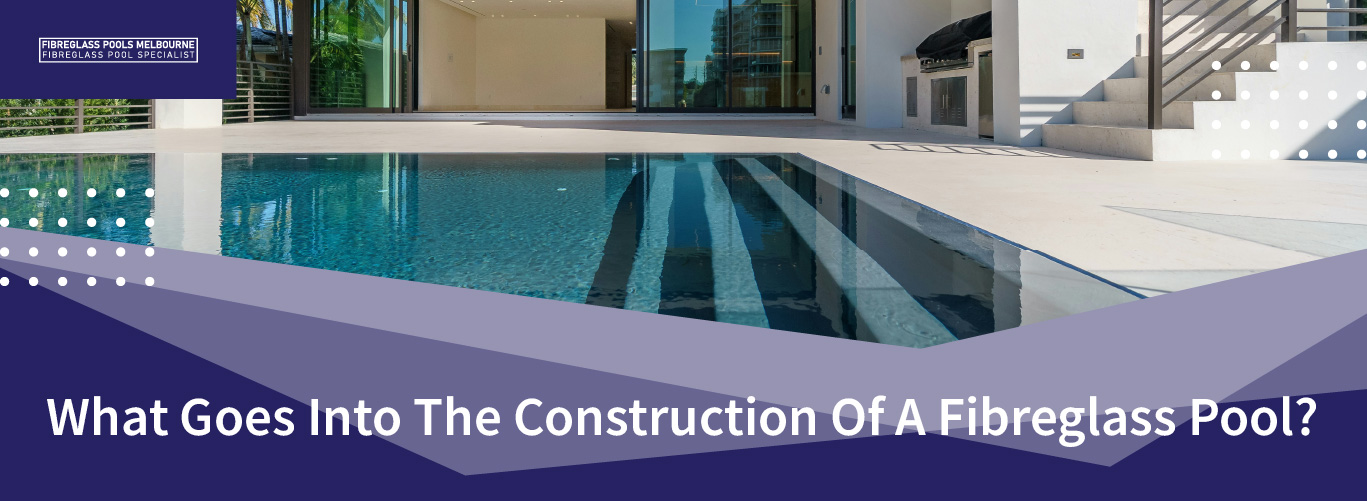
Fibreglass Pools vs. Concrete and Vinyl
Fibreglass pools stand out in the market because of their material’s flexibility and strength. Unlike concrete, which can be time-consuming and expensive to install, fibreglass pools are prefabricated and require relatively less time to install. Vinyl pools offer cost savings but lack the longevity and smooth, non-porous surface that fibreglass provides, which ensures fewer algae build-ups and less water loss.
Advantages Over Concrete:
- Smooth surface, so it’s less abrasive on the skin and swimsuits.
- Quicker installation time, often in a matter of weeks.
- Low maintenance and reduced chemical usage.
Advantages Over Vinyl:
- Longer lifespan and less prone to tears or punctures.
- Non-porous, which doesn’t require liner replacements.
- Stronger against staining and fading from UV exposure.
Understanding the Construction Process
When opting for a fibreglass pool, the construction process is notably different from other types. Homeowners will find that the steps are less invasive and generally completed in a shorter duration. The process typically includes:
Site Preparation:
Before any pool is placed, the site must be surveyed and reconfigured. Endless Pools states that the land may need to be excavated, which will involve soil testing and possibly reshaping sloped terrain. Proper drainage solutions will also be installed to prevent any erosion around the pool area.
Pool Installation:
Fibreglass pools are delivered in one piece, and a hole of the necessary size is dug to accommodate the pool’s shape and depth. The pool is set into place and carefully levelled to ensure the correct installation.
Backfilling and Decking:
The gap around the pool between the shell and the excavated ground is backfilled to secure the structure and protect the integrity of the surrounding soil. Once the pool is secure, the decking is installed, customising the look and feel of your pool area.
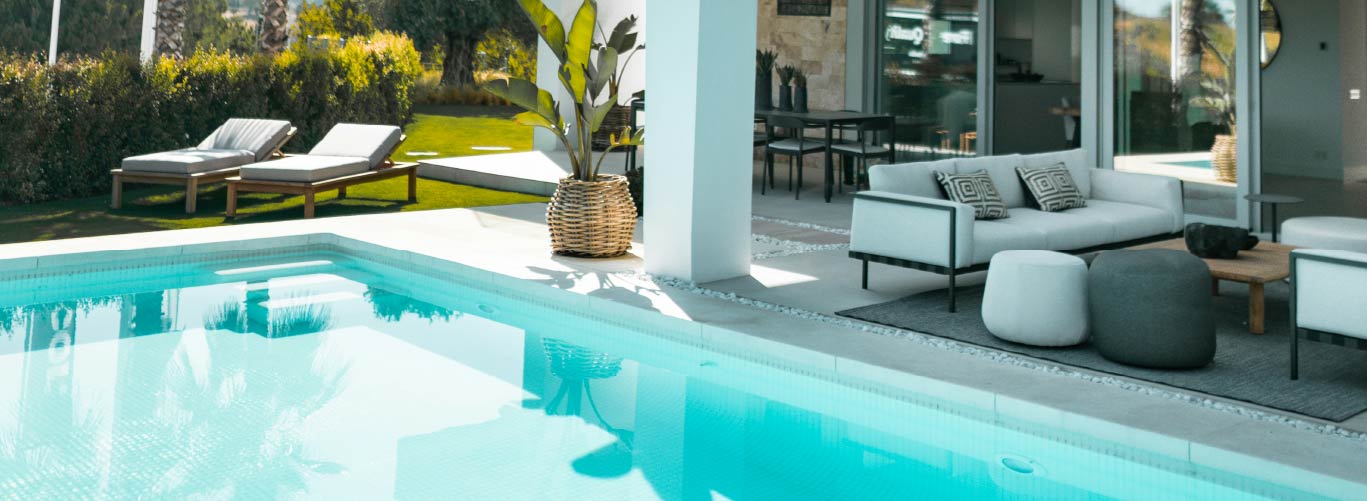
The Role of Professional Pool Builders
Installing a fibreglass pool is a job for experienced professionals. These builders handle the entire process from the initial consultation and design phase to acquiring permits, managing subcontractors, and ensuring the pool is ready to use.
Design Expertise:
Builders collaborate intimately with homeowners to meticulously design a swimming pool that not only aligns with their personal desires but also fits perfectly within the constraints of the available backyard space. In this collaborative process, they must take into account not just the basic structure of the pool, but also any additional features that the homeowner might desire, such as luxurious spas, visually stunning waterfalls, or sophisticated lighting systems, which can significantly enhance the overall ambiance and functionality of the outdoor space.
Subcontractor Management:
To complete a pool installation, various professionals such as electricians, concrete workers, and plumbers may be required. Builders coordinate their schedules and ensure each phase of the project is completed to the highest standard.
Post-Installation Support:
Quality builders provide a warranty and ongoing support, addressing any issues that arise after the pool is complete and offering training on maintenance and care.
Factors Affecting Fibreglass Pool Installation
The installation of a fibreglass pool is contingent on several key factors that can influence the process and the final outcome.
Backyard Size and Landscaping Considerations:
The size and shape of your backyard directly impact the size and shape of the pool you can install. It’s crucial to balance these elements with the features you want around your pool, like patios, gardens, or outdoor kitchens.
Local Building Codes and Permits:
Every municipality has strict guidelines for pool construction. Before installation, you will need to secure permits and adhere to a list of codes and requirements to ensure the safety and quality of your pool installation.
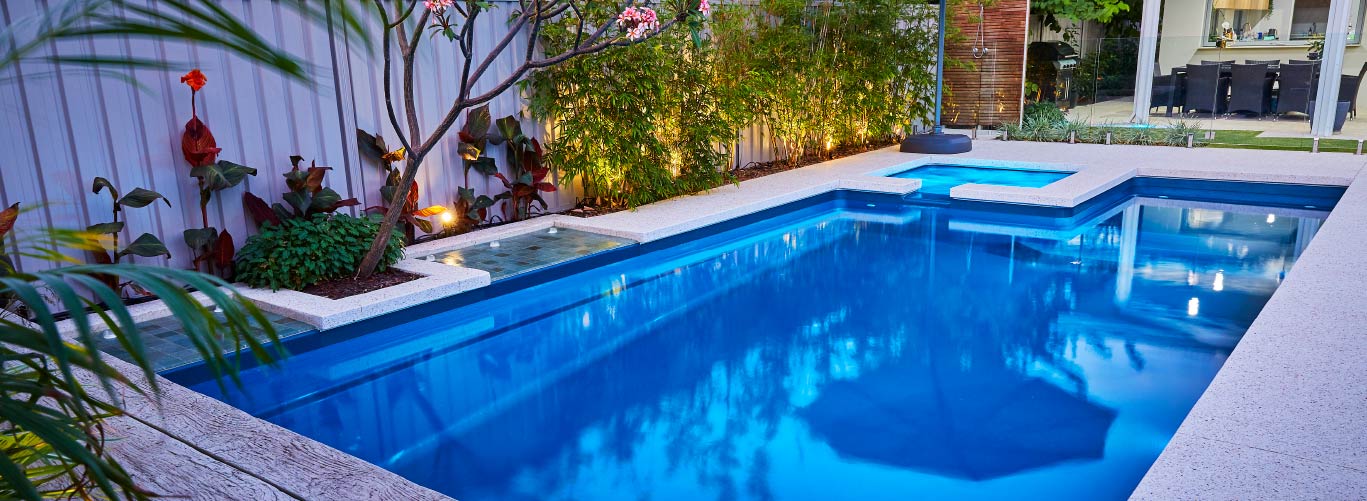
Cost Breakdown
Upfront Costs:
The initial cost of a fibreglass pool can be more affordable than concrete due to quicker installation and less labour. However, its resale value is less than a concrete pool, making it a manageable investment for homeowners who plan to enjoy their pool for years to come.
Long-Term Savings:
Due to their low maintenance and repair requirements, fibreglass pools can be more cost-effective in the long run. You’ll spend less on chemicals, energy for running pumps, and need fewer repairs than with concrete or vinyl pools.
Factors Influencing the Overall Investment:
Customisation choices, additional features, and the complexity of the installation site can all influence the final cost of a fibreglass pool. Investing in quality materials and professional installation pays dividends in the pool’s lifespan and function.
Maintenance Tips for Fibreglass Pools
Fibreglass pools are relatively easy to maintain, but routine care is still essential to ensure the water is clean and safe for swimming.
Proper Cleaning:
Regular brushing and vacuuming can prevent dirt and algae from accumulating and keep the pool looking brand new. It’s important to use cleaning tools that won’t scratch the fibreglass surface.
Water Chemistry Management:
Balancing the pool’s pH, alkalinity, and chlorine levels is critical to maintaining the pool’s structure and the comfort of swimmers. Regular water testing and adjustments are necessary, especially during heavy use or extreme temperatures.
Seasonal Care and Troubleshooting Common Issues:
Proper winterisation and readiness for summer are vital parts of fibreglass pool maintenance. Additionally, knowing how to address common issues such as cracks, fading, or bulging ensures your pool remains a worry-free investment.
Conclusion
Fibreglass pools offer a balance of durability, customisation, and easy maintenance for homeowners looking to create a timeless outdoor space. With careful planning, professional installation, and regular care, a fibreglass pool can be a focal point of family enjoyment for years to come.
For those considering the installation of a fibreglass pool, it’s important to recognise the value of enlisting professional pool builders to guide you through the process. The investment in a well-constructed and maintained fibreglass pool is an investment in the enjoyment, value, and beauty of your home.
What Goes Into The Construction Of A Fibreglass Pool?
A swimming pool can be the crown jewel of a backyard oasis, a place of health and relaxation, or a source of endless entertainment. Among the various types of pools available to homeowners today, fibreglass pools have risen in popularity due to their durability, customisation options, and low maintenance qualities. This comprehensive guide explores what makes fibreglass pools unique and takes you deep into the process of constructing and maintaining one.

Fibreglass Pools vs. Concrete and Vinyl
Fibreglass pools stand out in the market because of their material’s flexibility and strength. Unlike concrete, which can be time-consuming and expensive to install, fibreglass pools are prefabricated and require relatively less time to install. Vinyl pools offer cost savings but lack the longevity and smooth, non-porous surface that fibreglass provides, which ensures fewer algae build-ups and less water loss.
Advantages Over Concrete:
- Smooth surface, so it’s less abrasive on the skin and swimsuits.
- Quicker installation time, often in a matter of weeks.
- Low maintenance and reduced chemical usage.
Advantages Over Vinyl:
- Longer lifespan and less prone to tears or punctures.
- Non-porous, which doesn’t require liner replacements.
- Stronger against staining and fading from UV exposure.
Understanding the Construction Process
When opting for a fibreglass pool, the construction process is notably different from other types. Homeowners will find that the steps are less invasive and generally completed in a shorter duration. The process typically includes:
Site Preparation:
Before any pool is placed, the site must be surveyed and reconfigured. Endless Pools states that the land may need to be excavated, which will involve soil testing and possibly reshaping sloped terrain. Proper drainage solutions will also be installed to prevent any erosion around the pool area.
Pool Installation:
Fibreglass pools are delivered in one piece, and a hole of the necessary size is dug to accommodate the pool’s shape and depth. The pool is set into place and carefully levelled to ensure the correct installation.
Backfilling and Decking:
The gap around the pool between the shell and the excavated ground is backfilled to secure the structure and protect the integrity of the surrounding soil. Once the pool is secure, the decking is installed, customising the look and feel of your pool area.
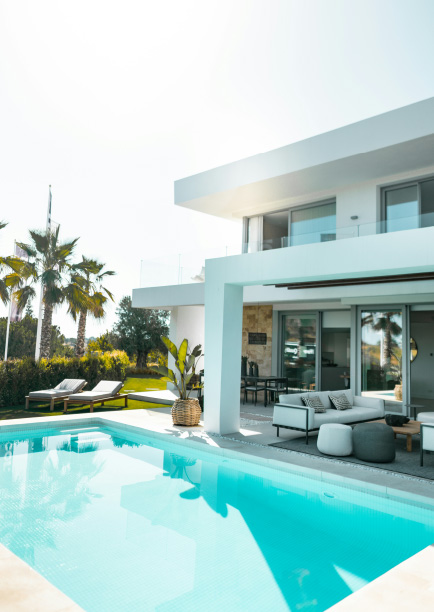
The Role of Professional Pool Builders
Installing a fibreglass pool is a job for experienced professionals. These builders handle the entire process from the initial consultation and design phase to acquiring permits, managing subcontractors, and ensuring the pool is ready to use.
Design Expertise:
Builders collaborate intimately with homeowners to meticulously design a swimming pool that not only aligns with their personal desires but also fits perfectly within the constraints of the available backyard space. In this collaborative process, they must take into account not just the basic structure of the pool, but also any additional features that the homeowner might desire, such as luxurious spas, visually stunning waterfalls, or sophisticated lighting systems, which can significantly enhance the overall ambiance and functionality of the outdoor space.
Subcontractor Management:
To complete a pool installation, various professionals such as electricians, concrete workers, and plumbers may be required. Builders coordinate their schedules and ensure each phase of the project is completed to the highest standard.
Post-Installation Support:
Quality builders provide a warranty and ongoing support, addressing any issues that arise after the pool is complete and offering training on maintenance and care.
Factors Affecting Fibreglass Pool Installation
The installation of a fibreglass pool is contingent on several key factors that can influence the process and the final outcome.
Backyard Size and Landscaping Considerations:
The size and shape of your backyard directly impact the size and shape of the pool you can install. It’s crucial to balance these elements with the features you want around your pool, like patios, gardens, or outdoor kitchens.
Local Building Codes and Permits:
Every municipality has strict guidelines for pool construction. Before installation, you will need to secure permits and adhere to a list of codes and requirements to ensure the safety and quality of your pool installation.
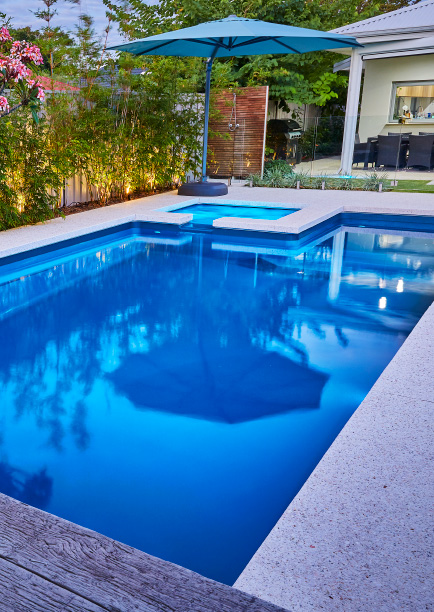
Cost Breakdown
Upfront Costs:
The initial cost of a fibreglass pool can be more affordable than concrete due to quicker installation and less labour. However, its resale value is less than a concrete pool, making it a manageable investment for homeowners who plan to enjoy their pool for years to come.
Long-Term Savings:
Due to their low maintenance and repair requirements, fibreglass pools can be more cost-effective in the long run. You’ll spend less on chemicals, energy for running pumps, and need fewer repairs than with concrete or vinyl pools.
Factors Influencing the Overall Investment:
Customisation choices, additional features, and the complexity of the installation site can all influence the final cost of a fibreglass pool. Investing in quality materials and professional installation pays dividends in the pool’s lifespan and function.
Maintenance Tips for Fibreglass Pools
Fibreglass pools are relatively easy to maintain, but routine care is still essential to ensure the water is clean and safe for swimming.
Proper Cleaning:
Regular brushing and vacuuming can prevent dirt and algae from accumulating and keep the pool looking brand new. It’s important to use cleaning tools that won’t scratch the fibreglass surface.
Water Chemistry Management:
Balancing the pool’s pH, alkalinity, and chlorine levels is critical to maintaining the pool’s structure and the comfort of swimmers. Regular water testing and adjustments are necessary, especially during heavy use or extreme temperatures.
Seasonal Care and Troubleshooting Common Issues:
Proper winterisation and readiness for summer are vital parts of fibreglass pool maintenance. Additionally, knowing how to address common issues such as cracks, fading, or bulging ensures your pool remains a worry-free investment.
Conclusion
Fibreglass pools offer a balance of durability, customisation, and easy maintenance for homeowners looking to create a timeless outdoor space. With careful planning, professional installation, and regular care, a fibreglass pool can be a focal point of family enjoyment for years to come.
For those considering the installation of a fibreglass pool, it’s important to recognise the value of enlisting professional pool builders to guide you through the process. The investment in a well-constructed and maintained fibreglass pool is an investment in the enjoyment, value, and beauty of your home.

